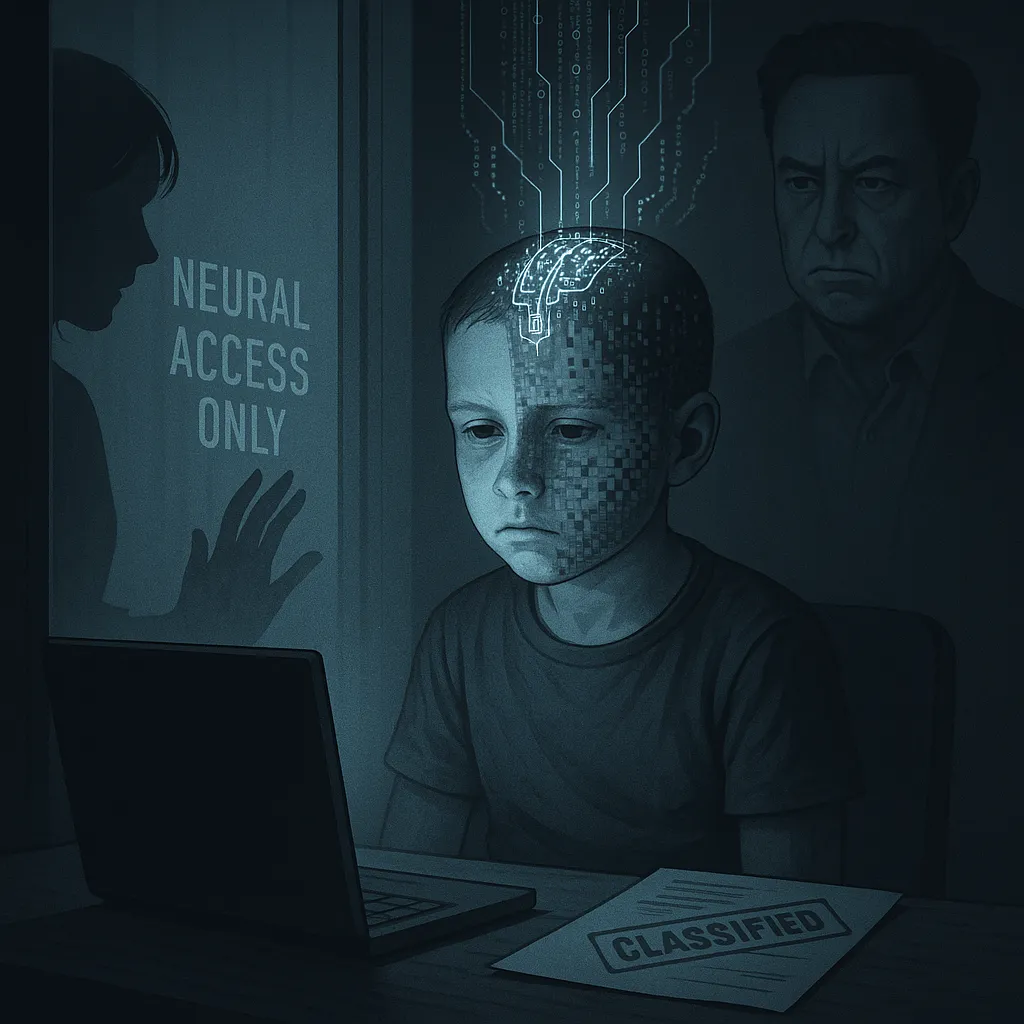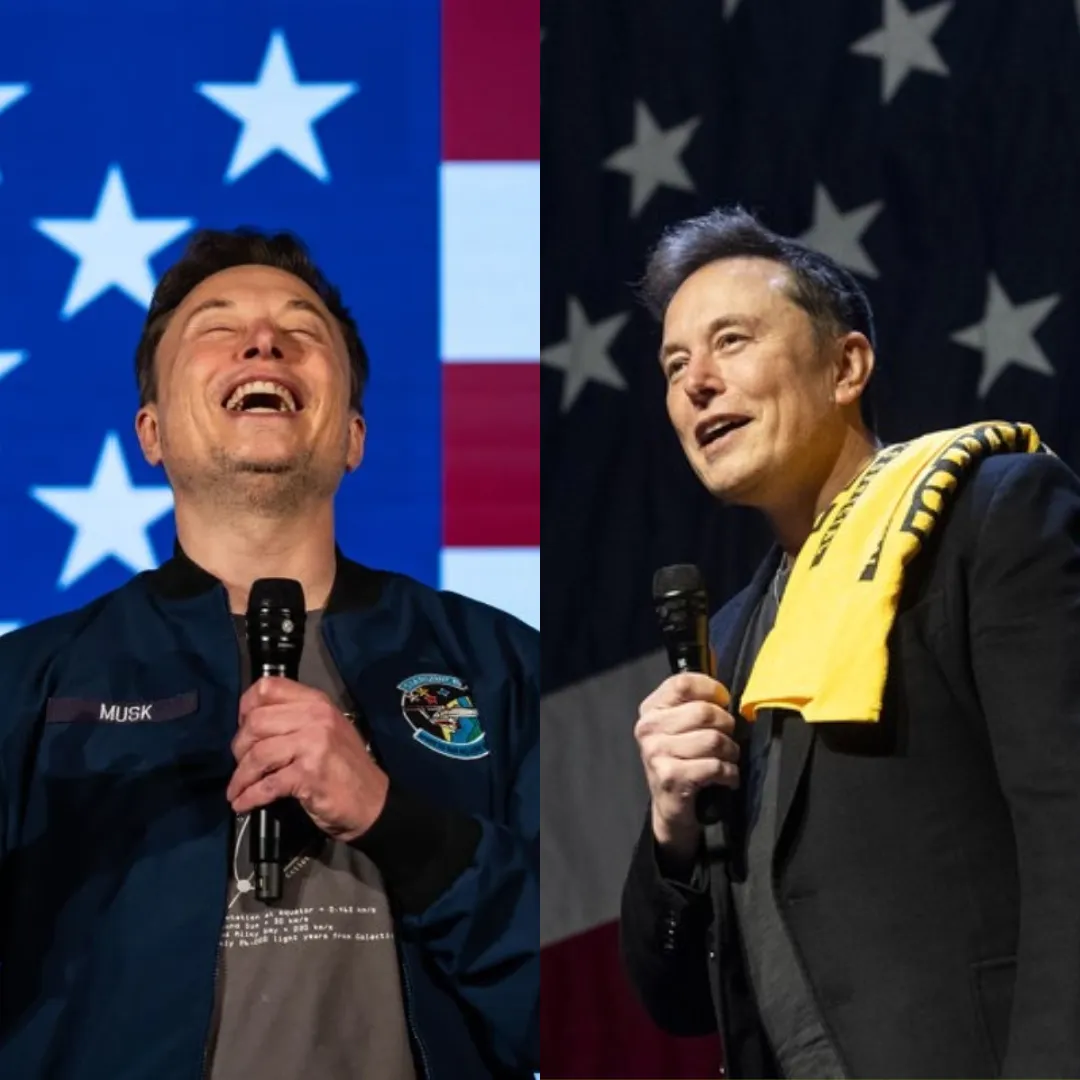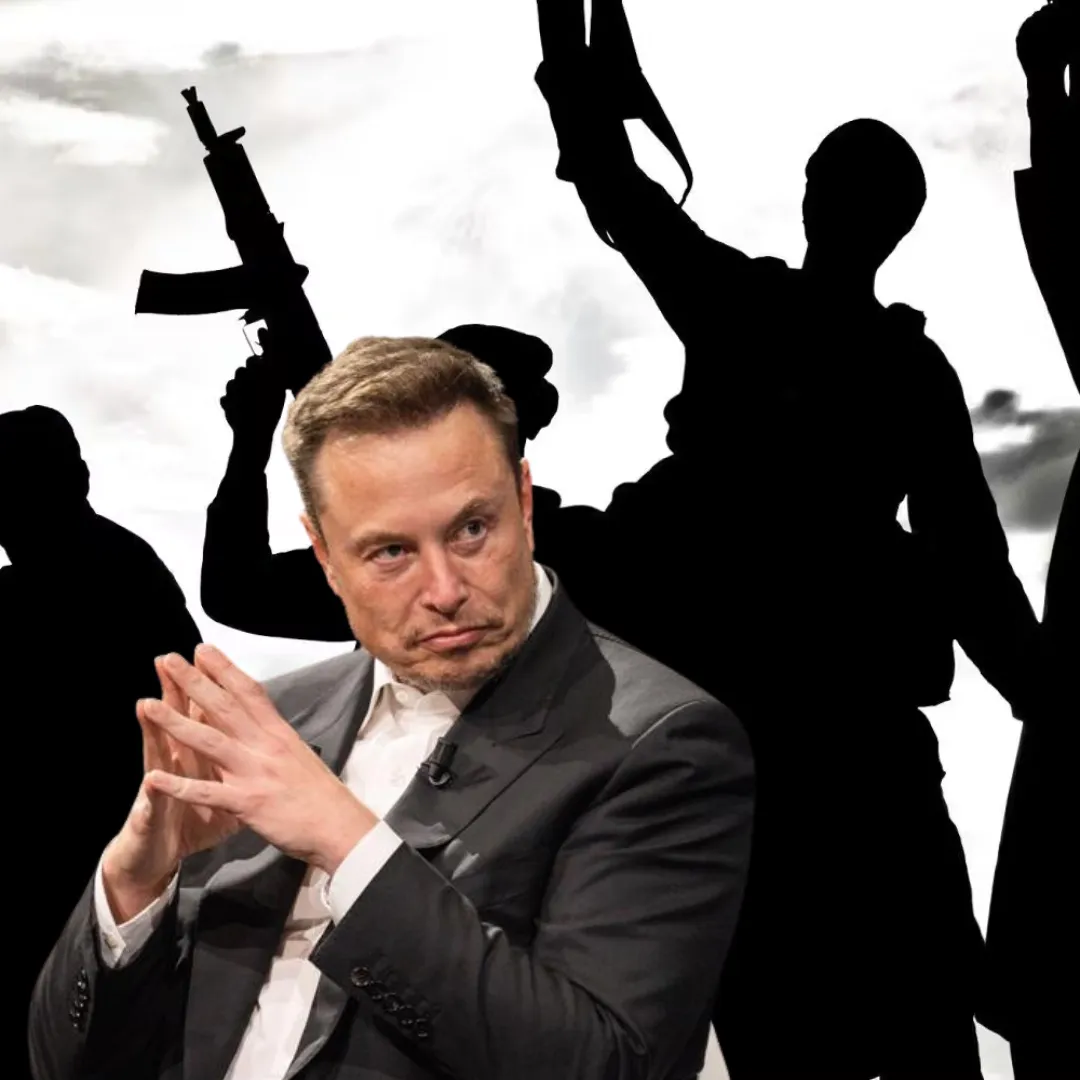
The sheen of futuristic innovation surrounding Elon Musk's Neuralink is beginning to crack, revealing a grim and deeply unsettling reality. Behind the glossy presentations and bold promises of brain-computer interfaces lies a chilling story of suffering and death that Neuralink would prefer to keep buried.
Recent investigations and leaked veterinary records have exposed the brutal fate of at least 12 monkeys used in Neuralink's experiments, uncovering a trail of pain, negligence, and alleged deception at the heart of Musk's highly touted neurotechnology venture.
Neuralink, founded in 2016, set out with an ambitious mission: to revolutionize the human experience by creating a seamless interface between the brain and computers. Yet, to pursue this dream, the company subjected sentient beings to procedures so extreme that they ultimately led to horrific suffering and death.

Elon Musk publicly claimed that the animals involved in Neuralink experiments were "already close to death" and that none had died due to the implants themselves. However, a growing body of evidence paints a starkly different and much darker picture.
Documents obtained through public records requests, combined with firsthand accounts from former employees, reveal that the monkeys were healthy before being subjected to invasive surgical procedures. Animal 12, a seven-year-old macaque, stands out as a particularly tragic case.
After months of rigorous "chair training," Animal 12 underwent a surgical procedure involving a robot drilling into her skull to implant electrodes directly into her brain.
A titanium plate was screwed onto her skull to cover the surgical site. What followed was a harrowing cascade of complications: seizures, bloody diarrhea, severe infections at the implant site, vomiting, and significant neurological decline.
Despite aggressive treatments with antibiotics, anti-seizure medications, and probiotics, Animal 12’s condition deteriorated so severely that Neuralink euthanized her to harvest her brain tissue for further analysis. Her necropsy revealed gastritis, a painful and often debilitating stomach inflammation, adding to the evidence of the extreme distress she endured in her final months.

Animal 12’s fate was not an isolated incident. According to the Physicians Committee for Responsible Medicine (PCRM), which has filed complaints with the Securities and Exchange Commission (SEC) and other authorities, at least a dozen monkeys suffered and died under Neuralink's care.
The organization accuses Musk and Neuralink of misleading investors and the public by downplaying the horrors faced by their animal subjects. The PCRM further argues that Musk's statements may amount to securities fraud, as Neuralink's future valuation heavily depends on public perception of the safety and success of its technology.
In stark contrast to Musk’s assertion that Neuralink's monkeys were terminally ill before implantation, records show that the animals were trained for up to a year prior to surgery, demonstrating robust health and the cognitive abilities necessary for the experiments. Many monkeys endured catastrophic complications directly tied to the implanted devices.
These include broken implants that caused infection, cerebral edema (brain swelling), and motor dysfunctions leading to partial paralysis.
Some monkeys were recorded as being in visible pain, with reports of tremors, loss of coordination, and self-mutilation behaviors such as repeatedly pulling at the implants.

This brutal reality stands in stark contradiction to the sanitized image Neuralink portrays during its public events, where monkeys are shown casually playing Pong with their minds or moving cursors on a screen. The glitzy demonstrations omit the suffering that paved the way for these isolated moments of technological success.
For every monkey that survived long enough to perform a simple task for the camera, multiple others suffered hidden, silent deaths.
The implications are vast and troubling. Beyond the obvious ethical questions, Neuralink’s cavalier approach to animal welfare raises red flags about the company's commitment to patient safety should their technology ever reach human clinical trials.
If Neuralink was willing to subject animals to such suffering without full transparency, what standards will they uphold when human lives are on the line?
The fallout is growing. Lawmakers, bioethicists, and animal rights advocates are demanding greater scrutiny of Neuralink’s practices. The SEC is under increasing pressure to investigate whether Musk's statements violated securities laws by misleading investors. The reputation of Neuralink, and potentially Musk himself, hangs precariously in the balance.

Meanwhile, Neuralink has expanded its operations, moving many experiments to private facilities in California and Texas, outside the purview of traditional academic oversight. Critics fear that without the scrutiny of university institutional review boards, the potential for further abuse and cover-up is even greater.
Elon Musk's image as a visionary entrepreneur is built on a foundation of audacity and ambition. Yet, in the case of Neuralink, that ambition appears to have crossed a dark threshold, where the lives of intelligent, sentient beings became mere collateral damage in the pursuit of groundbreaking technology.
Musk's casual dismissal of the mounting evidence, his characterization of healthy, vibrant monkeys as "terminal" cases, and his refusal to take accountability have only deepened public skepticism.

As Neuralink pushes forward, promising to soon implant devices in human brains, society faces a profound dilemma. Can innovation at any cost be tolerated? Are we willing to overlook the bloodstained path that leads to technological triumphs?
The suffering of Animal 12 and her companions is a somber reminder that behind every shining promise of the future, there may lie a hidden ledger of cruelty, betrayal, and lives discarded in silence.
In the coming months, the world will watch closely as investigations proceed, lawsuits mount, and Neuralink seeks human volunteers for its next phase. But for those who have peered behind the curtain, the question is no longer whether Neuralink's promises are possible — it is whether they are worth the price already paid in blood and suffering.


-1745720153-q80.webp)
